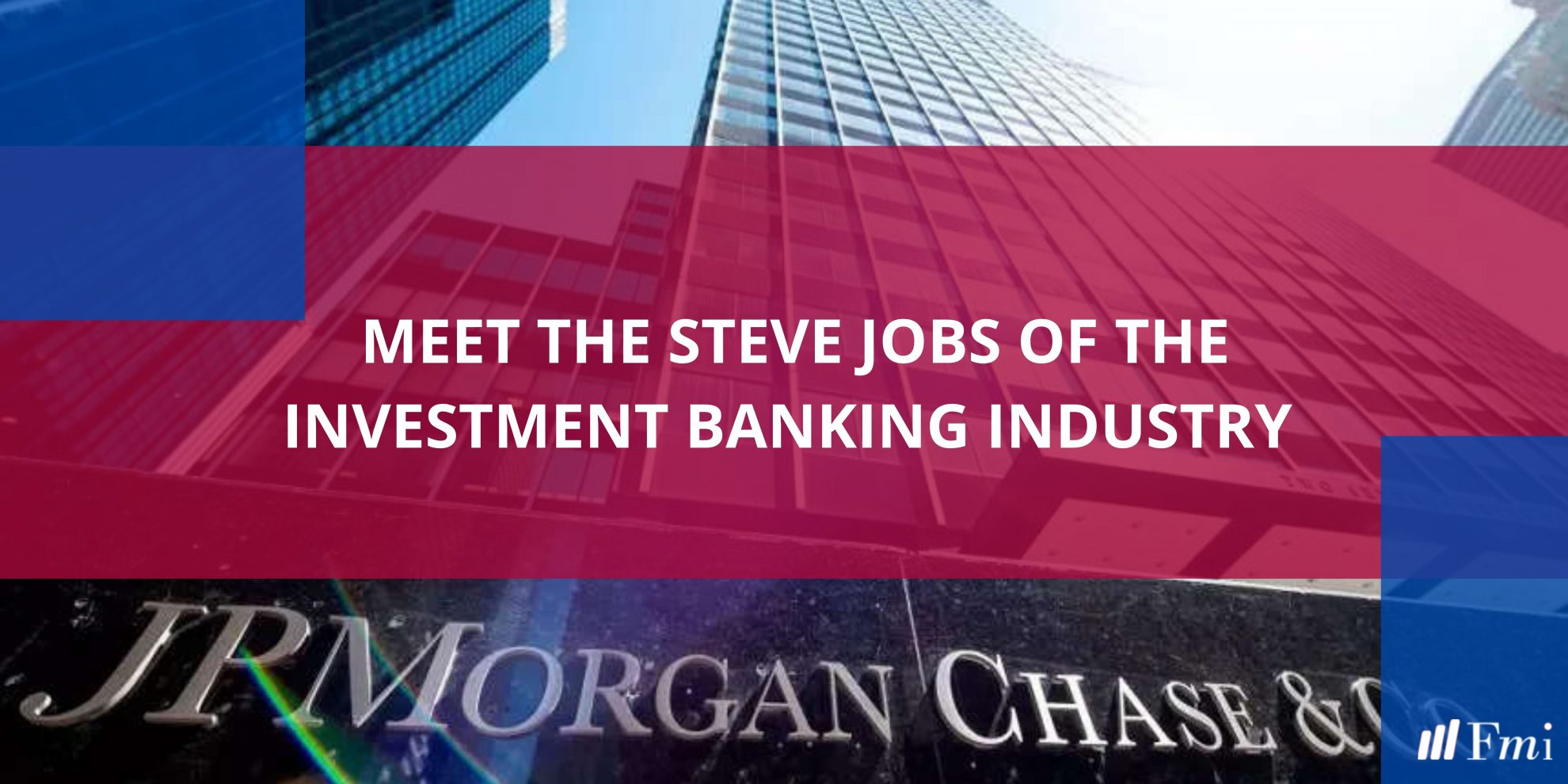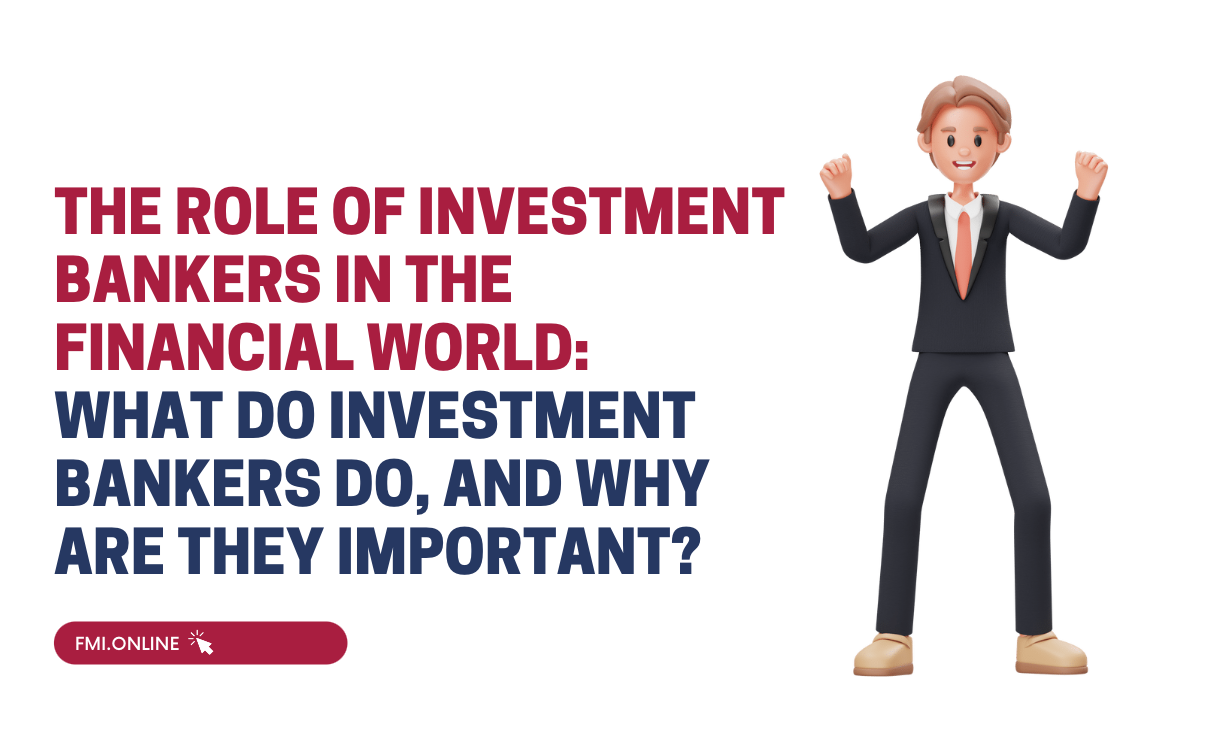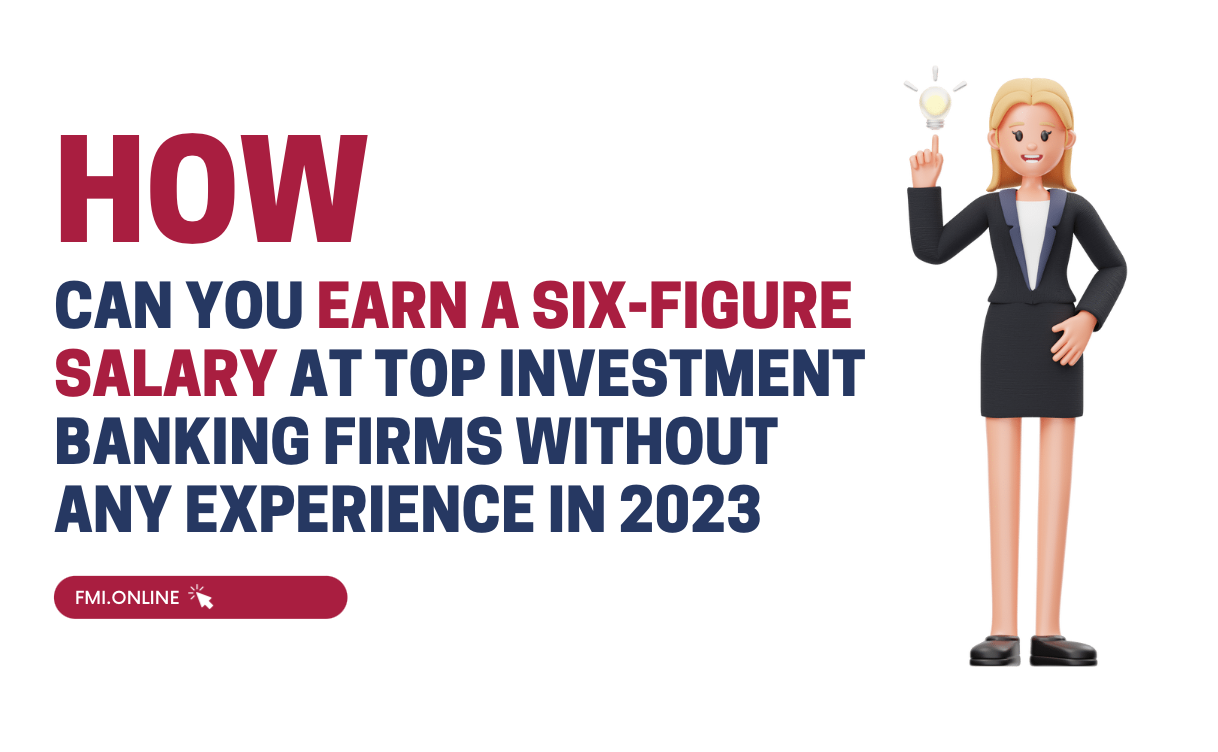Investment banking may not be as pervasive an industry as the tech sector. Yet, when you delve deeper into it, you will realise that the IB industry is home to some of the most influential people in the world. Since Steve Jobs can be considered a fair touchstone for measuring success and fame, we figured we will introduce one of investment banking’s magnates through him.
We believe that the Steve Jobs of the Investment Banking Industry is none other than J.P. Morgan.
Who was J.P. Morgan?
Today, JPMorgan Chase is the world’s largest investment bank, with $3.76 trillion (in assets) and 2020 revenues of over $142 million. Its investment banking revenues make up close to 10% of the market share. While even the layperson is familiar with JPMorgan Chase, not as much is known about the man behind this investment behemoth.
John Pierpont Morgan, who was born in April 1837 in Connecticut, U.S., is considered one of the world’s most key financial figures and industrialists. Much like Steve Jobs, JP Morgan was quintessential in revolutionizing entire industries as compared to just a company. He played a monumental role in financing the industrial consolidations that came to be known as United States Steel, and the General Electric Corporation, among others.
From Accountant to America’s Financier Hero
JP Morgan began his career as an accountant at the age of 20. By his early 30s, he was a partner in the firm Drexel, Morgan and Company in New York, which was one of the U.S. government’s major sources of finance. This firm then took shape as J.P. Morgan and Company in the late 1890s. Owing to Morgan, it soon emerged as one of the world’s mega banking houses and continues to enjoy that esteemed reputation today.
One of Morgan’s most legendary achievements as a financier was to avert the financial collapse in America after the stock market panic of 1907. He led and amassed a group of bankers, who then took in large sums of government money and proceeded to strategise how to utilise it for preventing the collapse. The U.S. Treasury also backed Morgan’s efforts with $25 million to increase liquidity and keep the market functional. This also prevented many large banks from going insolvent. Hence, not only is Morgan credited with building one of the world’s most powerful banks but was an integral pillar of the American financial system.
The Banking Powerhouse Continues …
J.P. Morgan passed away in 1913. But his prestige continues to echo and is further elevated by what is now called JPMorgan Chase. The New York Stock Exchange closed until noon on the day of Morgan’s funeral – an honour usually reserved for heads of state. J.P. Morgan & Co. went public in 1940, and in 2000, it merged with the Chase Manhattan Corporation with its new identity as J.P. Morgan Chase & Co.
Since 2005, the banking powerhouse is led by its notable CEO Jamie Dimon. In Fortune 500’s 2021 issue, the company secured a rank at #19 and recorded profits of more than $36,000 million in the 2020 fiscal year. Further, on the World’s Most Admired Companies list, the company ranked at #10. Resting on one of the company’s best years, Dimon has predicted a “boom” for JPMorgan Chase that could “easily run into 2023.”
So, as it turns out, besides their exemplary leadership skills as well as their capability to turn the unimaginable into reality, both Steve Jobs and J.P. Morgan also erected empires whose eminence continues to shine on even after their departures.












 60+ hours
60+ hours 9 courses
9 courses



